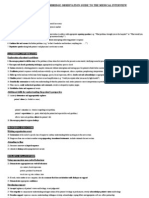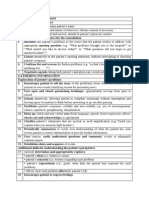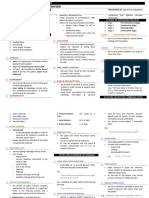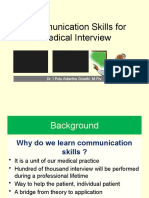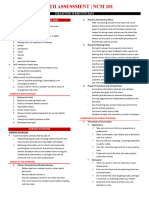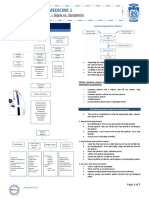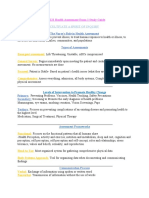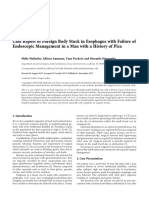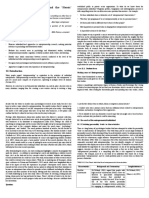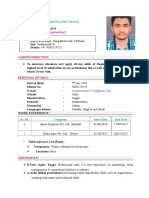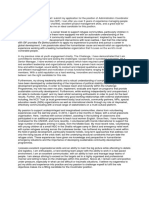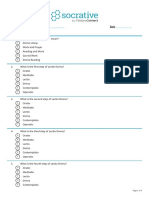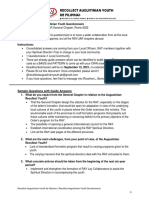0% found this document useful (0 votes)
109 views4 pagesInstruction:: Appendix 1
This document provides an outline of steps for conducting a medical interview with 26 skills. It instructs the reader to provide their own examples for each step and choose a favorite. The steps cover initiating the session by greeting the patient and identifying issues, gathering information by allowing the patient to explain their history and listening to responses, building rapport, explaining and planning treatment by providing information and achieving a shared understanding, and closing the session by summarizing and forward planning.
Uploaded by
williamCopyright
© © All Rights Reserved
We take content rights seriously. If you suspect this is your content, claim it here.
Available Formats
Download as DOCX, PDF, TXT or read online on Scribd
0% found this document useful (0 votes)
109 views4 pagesInstruction:: Appendix 1
This document provides an outline of steps for conducting a medical interview with 26 skills. It instructs the reader to provide their own examples for each step and choose a favorite. The steps cover initiating the session by greeting the patient and identifying issues, gathering information by allowing the patient to explain their history and listening to responses, building rapport, explaining and planning treatment by providing information and achieving a shared understanding, and closing the session by summarizing and forward planning.
Uploaded by
williamCopyright
© © All Rights Reserved
We take content rights seriously. If you suspect this is your content, claim it here.
Available Formats
Download as DOCX, PDF, TXT or read online on Scribd
/ 4

